Table of Contents
Quality Service Guarantee Or Painting Free

Get a rental agreement with doorstep delivery

Find the BEST deals and get unbelievable DISCOUNTS directly from builders!

5-Star rated painters, premium paints and services at the BEST PRICES!
Loved what you read? Share it with others!
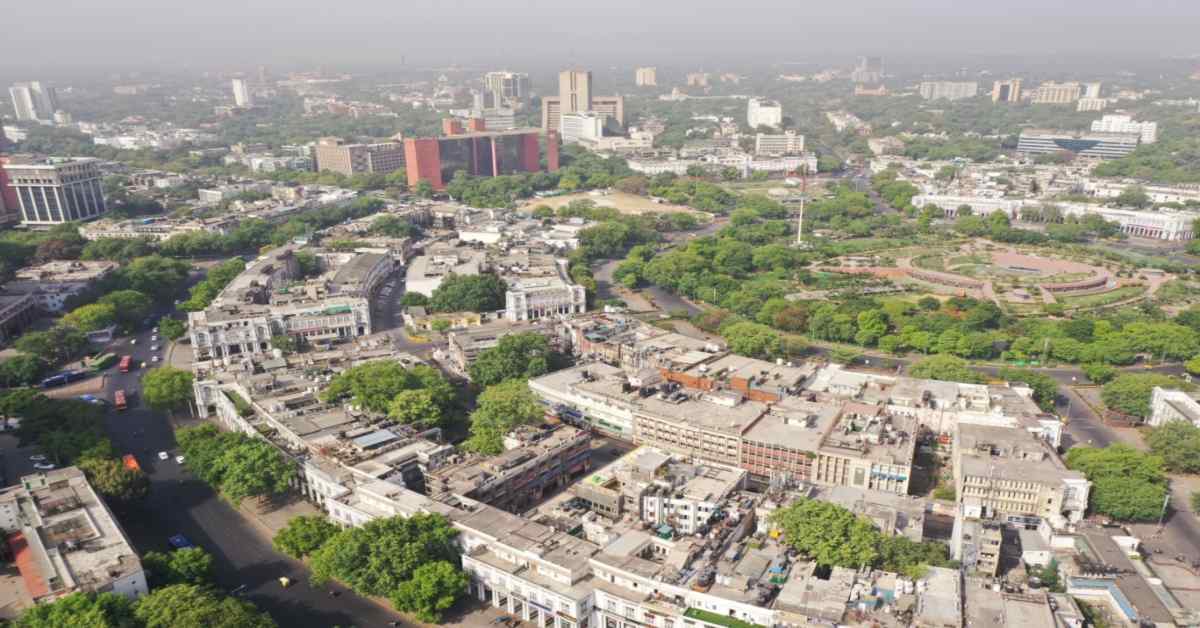

Submit the Form to Unlock the Best Deals Today
Check Your Eligibility Instantly

Experience The NoBrokerHood Difference!
Set up a demo for the entire community
Delhi Rental Yield Demystified: How to Calculate and Boost Your Returns
Table of Contents
Rental yield in Delhi is crucial for property investors, providing essential insights into a property's income potential relative to its value. In this guide, we'll dive deep into the nuances of rental yield in Delhi, its significance in investment decisions, and effective strategies for maximising returns in this vibrant real estate market.
Definition of Rental Yield
Rental yield is a financial metric used by property investors to measure the return generated from a real estate investment through rental income. It is typically expressed as a percentage and calculated by dividing the property's annual rental income by its purchase price or market value. This calculation provides investors with insights into the income potential relative to the property's value.
Rental Yield = (Annual Rental Income / Property Value) x 100
Quality Service Guarantee Or Painting Free

Get a rental agreement with doorstep delivery

Find the BEST deals and get unbelievable DISCOUNTS directly from builders!

5-Star rated painters, premium paints and services at the BEST PRICES!
Importance of Rental Yield in Property Investment
Rental yield serves as a key indicator of the performance and profitability of property investment. It allows investors to assess the income-generating potential of a property relative to its cost and helps in comparing different investment opportunities. A high rental yield signifies strong rental income relative to the property's value, indicating a potentially lucrative investment.
Overview of the Rental Market in Delhi
The rental market in Delhi is diverse and dynamic, offering a wide range of residential properties catering to various segments of tenants. From luxurious apartments in prime locations to more affordable options in emerging neighbourhoods, Delhi's rental market caters to diverse preferences and budgets. Factors such as location, property type, amenities, and infrastructure development influence rental demand and pricing across different parts of the city. Understanding the rental market landscape is crucial for investors seeking to maximise rental yield and make informed investment decisions.
Real Estate Trends in Delhi's Rental Market
Real estate trends in Delhi's rental market reflect a dynamic landscape shaped by various factors, including economic conditions, demographic shifts, and urban development. Here's an overview of some key trends shaping Delhi's rental market:
- Rising Demand for Rental Properties: Delhi's population continues to grow, driven by factors such as migration from other states, urbanisation, and employment opportunities. As a result, there is a steady demand for rental properties across the city, particularly in areas close to employment hubs, educational institutions, and commercial centres.
- Shift towards Affordable Housing: With the increasing cost of property ownership, especially in prime locations, there is a growing preference for affordable rental housing options among tenants. This trend has led to a rise in demand for rental properties in emerging suburbs and peripheral areas of Delhi, where housing options are relatively more affordable.
- Preference for Co-living Spaces: The concept of co-living, where individuals or groups share living spaces and amenities, is gaining popularity in Delhi, especially among young professionals and students. Co-living spaces offer cost-effective accommodation options, along with shared facilities such as kitchens, common areas, and recreational spaces, catering to the evolving lifestyle preferences of tenants.
- Impact of Work-from-Home (WFH) Culture: The COVID-19 pandemic has accelerated the adoption of remote work arrangements, leading to a shift in housing preferences among tenants. With remote work becoming more prevalent, tenants are increasingly prioritising properties with spacious layouts, home offices, and high-speed internet connectivity to accommodate remote work requirements.
- Focus on Safety and Hygiene: The pandemic has also heightened awareness about safety and hygiene standards in rental properties. Landlords and property managers are implementing measures such as regular sanitisation, contactless services, and enhanced security protocols to reassure tenants and maintain occupancy levels.
- Technology Adoption in Property Management: Technology plays an increasingly significant role in property management, with landlords and tenants leveraging digital platforms for rental agreements, payments, maintenance requests, and virtual property tours. The adoption of technology streamlines processes enhances transparency, and improves the overall tenant experience.
- Regulatory Reforms: Regulatory reforms, such as the implementation of the Model Tenancy Act, aim to modernise rental laws, streamline rental processes, and provide a more conducive environment for both landlords and tenants. These reforms are expected to boost investor confidence, stimulate rental market growth, and promote formalisation in the rental sector.
Average Rental Yields in Delhi for Different Localities
Overall, Delhi's rental market continues to evolve in response to changing socio-economic dynamics, technological advancements, and regulatory reforms. Here's a breakdown of the average rental yields in various localities across Delhi:
| Locality | Average Rental Yield Range |
| South Delhi | 2.5% - 4% |
| Central Delhi | 2% - 3.5% |
| East Delhi | 3% - 5% |
| West Delhi | 2.5% - 4% |
| North Delhi | 3% - 5% |
| Noida | 3.5% - 6% |
| Gurgaon | 3.5% - 6% |
| Saket | 2.5% - 4% |
| Vasant Kunj | 2.5% - 4% |
| Dwarka | 3% - 5% |
| Rohini | 3% - 5% |
| Janakpuri | 2.5% - 4% |
| Mayur Vihar | 3% - 5% |
| Lajpat Nagar | 2.5% - 4% |
| Karol Bagh | 2% - 3.5% |
| Preet Vihar | 3% - 5% |
| Greater Kailash | 2.5% - 4% |
| Vasant Vihar | 2.5% - 4% |
| Hauz Khas | 2.5% - 4% |
| Malviya Nagar | 3% - 5% |
| Green Park | 2.5% - 4% |
| Defence Colony | 2.5% - 4% |
| Sarita Vihar | 3% - 5% |
| Chattarpur | 3% - 5% |
| Mehrauli | 2.5% - 4% |
| Kalkaji | 2.5% - 4% |
| Rajouri Garden | 2.5% - 4% |
| Pitampura | 3% - 5% |
| Laxmi Nagar | 3% - 5% |
| Shahdara | 2.5% - 4% |
| Dilshad Garden | 3% - 5% |
| Patparganj | 3% - 5% |
| Munirka | 2.5% - 4% |
| Uttam Nagar | 3% - 5% |
| Connaught Place | 2% - 3.5% |
| Chandni Chowk | 2% - 3.5% |
| Paschim Vihar | 2.5% - 4% |
| Ashok Vihar | 2.5% - 4% |
| Rohini | 3% - 5% |
| Shalimar Bagh | 2.5% - 4% |
| Daryaganj | 2% - 3.5% |
| Vasant Enclave | 2.5% - 4% |
| Okhla | 3% - 5% |
| Kalkaji Extension | 2.5% - 4% |
| Mehrauli Extension | 2.5% - 4% |
| Mahipalpur | 3% - 5% |
| Sangam Vihar | 3% - 5% |
| Rani Bagh | 2.5% - 4% |
| Najafgarh | 3% - 5% |
| Rohini Extension | 3% - 5% |
| Jamia Nagar | 3% - 5% |
| Jangpura | 2.5% - 4% |
| Model Town | 2.5% - 4% |
| Sarojini Nagar | 2.5% - 4% |
| Chittaranjan Park | 2.5% - 4% |
| Kirti Nagar | 2.5% - 4% |
| Govindpuri | 3% - 5% |
| Shahdara | 2.5% - 4% |
| Mukherjee Nagar | 2.5% - 4% |
| Geeta Colony | 2.5% - 4% |
| Vikas Puri | 2.5% - 4% |
| Friends Colony | 2.5% - 4% |
| Tilak Nagar | 2.5% - 4% |
| Sarai Rohilla | 3% - 5% |
| Malviya Nagar | 3% - 5% |
| Inderpuri | 2.5% - 4% |
Please note that these ranges are approximate and may vary based on various factors such as property type, size, condition, location within the locality, and prevailing market conditions. Conducting thorough research and consulting with NoBroker real estate experts can provide more precise insights into rental yields in specific areas of Delhi.
Comparing Delhi’s Rental Yield With Other Major Indian Cities
Here's a comparison table showcasing the rental yield ranges in Delhi along with other major Indian cities:
| City | Average Rental Yield Range |
| Delhi | 2% - 6% |
| Mumbai | 2% - 3% |
| Bangalore | 3% - 6% |
| Chennai | 3% - 5% |
| Hyderabad | 3% - 5% |
| Pune | 3% - 5% |
| Kolkata | 3% - 5% |
| Ahmedabad | 4% - 6% |
| Gurugram | 3% - 5% |
| Jaipur | 3% - 5% |
| Chandigarh | 3% - 5% |
| Kochi | 3% - 5% |
| Lucknow | 3% - 5% |
| Bhubaneswar | 3% - 5% |
| Coimbatore | 3% - 5% |
| Visakhapatnam | 3% - 5% |
| Nagpur | 3% - 5% |
| Surat | 4% - 6% |
| Udaipur | 3% - 5% |
| Varanasi | 3% - 5% |
| Mysore | 3% - 5% |
| Patna | 3% - 5% |
| Guwahati | 3% - 5% |
| Ranchi | 3% - 5% |
| Vijayawada | 3% - 5% |
| Bhopal | 3% - 5% |
| Indore | 3% - 5% |
| Dehradun | 3% - 5% |
| Jamshedpur | 3% - 5% |
| Thiruvananthapuram | 3% - 5% |
| Allahabad | 3% - 5% |
| Jodhpur | 3% - 5% |
| Amritsar | 3% - 5% |
| Kota | 3% - 5% |
| Ajmer | 3% - 5% |
| Siliguri | 3% - 5% |
| Dhanbad | 3% - 5% |
| Asansol | 3% - 5% |
| Faridabad | 3% - 5% |
| Vasai-Virar | 2.5% - 4% |
| Rajkot | 3% - 5% |
| Meerut | 3% - 5% |
| Aurangabad | 3% - 5% |
| Varanasi | 3% - 5% |
| Kolhapur | 3% - 5% |
Please note that these figures are approximate and may vary based on specific sub-localities, property types, and market conditions. Contact NoBroker for the most accurate data.
Factors Impacting Rental Yield in Delhi
Several factors influence rental yield in Delhi, shaping the income potential of investment properties. Understanding these factors is crucial for property investors seeking to maximise their returns. Here are some key factors impacting rental yield in Delhi:
- Location: The location of a property is one of the most significant determinants of rental yield. Areas with high demand for rental properties, such as those close to employment hubs, educational institutions, transportation networks, and commercial centres, tend to command higher rental yields.
- Property Type and Size: The type and size of the property also play a crucial role in determining rental yield. Larger properties or those with additional amenities such as parking space, security, and recreational facilities may command higher rents, resulting in higher rental yields.
- Property Condition: The condition of the property, including its age, maintenance, and upkeep, can significantly impact rental yield. Well-maintained properties in good condition are likely to attract higher-quality tenants and command higher rents, leading to higher rental yields.
- Rental Market Dynamics: The overall supply and demand dynamics in the rental market can influence rental yields. Factors such as population growth, migration trends, and changes in economic conditions can affect rental demand and rental rates, thereby impacting rental yields.
- Economic Factors: Economic indicators such as GDP growth, employment rates, and inflation levels can influence rental yields. A strong economy with stable employment opportunities is likely to drive higher rental demand and rental rates, leading to higher rental yields.
- Infrastructure Development: Infrastructure development initiatives such as the construction of metro lines, highways, and commercial centres can enhance the desirability of certain areas, driving up rental demand and rental yields in those locations.
- Regulatory Environment: Regulatory factors such as rent control laws, tenancy laws, and property taxation policies can impact rental yields. Investor-friendly regulatory environments that provide clarity and stability can support higher rental yields by encouraging investment in the rental market.
- Market Sentiment: Market sentiment and investor confidence also play a role in determining rental yields. Positive market sentiment, driven by factors such as favourable economic conditions and optimistic growth prospects, can lead to increased investment activity and higher rental yields.
Maximising Your Rental Yield in Delhi
Maximising rental yield in Delhi requires strategic planning and execution to optimise income generation from investment properties. Here are some effective strategies for landlords and property investors to enhance rental yield in the dynamic real estate market of Delhi:
- Choose the Right Location: Selecting properties in high-demand areas with amenities such as proximity to transportation hubs, educational institutions, commercial centres, and recreational facilities can attract quality tenants and command higher rental rates, thereby increasing rental yield.
- Invest in Property Upgrades: Renovating or upgrading rental properties to enhance their appeal and functionality can justify higher rental rates. Focus on improvements that add value to tenants, such as modern kitchens, updated bathrooms, energy-efficient appliances, and amenities like parking spaces or security features.
- Maintain Property Condition: Regular maintenance and upkeep of rental properties are essential to retain tenants and command competitive rental rates. Promptly address any repairs or maintenance issues to ensure tenant satisfaction and minimise vacancy periods, ultimately boosting rental yield.
- Offer Furnished or Semi-Furnished Options: Providing furnished or semi-furnished rental units can attract tenants looking for convenience and ready-to-move-in accommodations. Furnished properties typically command higher rents, leading to increased rental yield, albeit with higher initial investment costs.
- Implement Strategic Pricing: Conduct thorough market research to determine optimal rental rates based on factors such as property type, size, location, and prevailing market conditions. Pricing rental units competitively can attract tenants quickly, minimising vacancy periods and maximising rental income.
- Long-Term Leases with Renewal Incentives: Offering long-term lease agreements with renewal incentives, such as rent discounts or upgrades, can encourage tenant retention and provide stability in rental income. Avoid frequent turnovers and vacancy periods to maintain consistent cash flow and maximise rental yield.
- Explore Short-Term Rental Options: Depending on local regulations and market demand, consider exploring short-term rental options such as Airbnb or vacation rentals for higher rental yields, especially in areas popular among tourists or business travellers.
- Utilise Technology for Property Management: Leverage technology tools and platforms for efficient property management, including online listing platforms, digital rental agreements, automated rent collection systems, and property management software. Streamlining administrative tasks can save time and resources while maximising rental yield.
- Negotiate Favourable Financing Terms: When acquiring investment properties, negotiate favourable financing terms such as lower interest rates, longer repayment periods, or flexible loan structures to minimise financing costs and enhance overall rental yield.
- Stay Informed About Market Trends and Regulations: Keep abreast of market trends, rental demand-supply dynamics, and regulatory changes affecting the real estate sector in Delhi. Being well-informed allows landlords and investors to adapt their strategies accordingly and capitalise on opportunities to maximise rental yield.
Invest in the Best Rental Yield Properties in Delhi with NoBroker
Investing in properties with the best rental yield in Delhi can be a lucrative venture, especially with the right approach and resources. By leveraging strategic insights and market knowledge, landlords and investors can maximise rental yield and achieve sustainable returns on their investments. With the assistance of platforms like NoBroker, which provides innovative solutions and comprehensive property listings, finding the best rental yield properties in Delhi becomes more accessible and efficient.
Whether you're looking for properties in high-demand areas, seeking to optimise rental income through property upgrades, or exploring innovative rental strategies, NoBroker offers valuable tools and support to streamline the investment process. From property discovery to tenant management, NoBroker simplifies every aspect of property investment, empowering landlords and investors to make informed decisions and achieve their financial goals.
With a focus on maximising rental yield and delivering exceptional value to landlords and investors, NoBroker serves as a trusted partner in the dynamic real estate market of Delhi. Whether you're a seasoned investor or a first-time landlord, NoBroker provides the resources and expertise needed to succeed in the competitive rental landscape of Delhi. Invest wisely with NoBroker and unlock the full potential of rental property investment in Delhi.
Frequently Asked Questions
Ans: Rental yield is a financial metric used by property investors to assess the return on investment (ROI) generated from a rental property. It is calculated as the annual rental income generated from the property divided by its market value, expressed as a percentage. The formula for rental yield is (Annual Rental Income / Property Value) x 100.
Ans: A good rental yield in Delhi typically falls within the range of 2% to 6%, although this can vary depending on factors such as location, property type, market demand, and prevailing economic conditions. Higher rental yields are generally desirable as they indicate better income potential relative to the property's value.
Ans: Areas in Delhi that offer the highest rental yields are often those with high demand for rental properties, such as South Delhi, East Delhi, and parts of West Delhi. Localities near employment hubs, educational institutions, and transportation networks tend to command higher rental yields due to increased rental demand.
Ans: Several strategies can help improve the rental yield of investment properties in Delhi, including selecting properties in high-demand areas, maintaining the property in good condition, offering attractive amenities, and pricing the rental units competitively based on market rates. Additionally, exploring innovative rental strategies such as short-term rentals or furnished accommodations can also enhance rental yield.
Ans: Like any investment, investing in rental properties in Delhi comes with certain risks, including fluctuations in rental demand and rates, vacancy periods, property maintenance costs, regulatory changes, and economic downturns. Conducting thorough due diligence, staying informed about market trends, and diversifying your investment portfolio can help mitigate these risks.
Recommended Reading
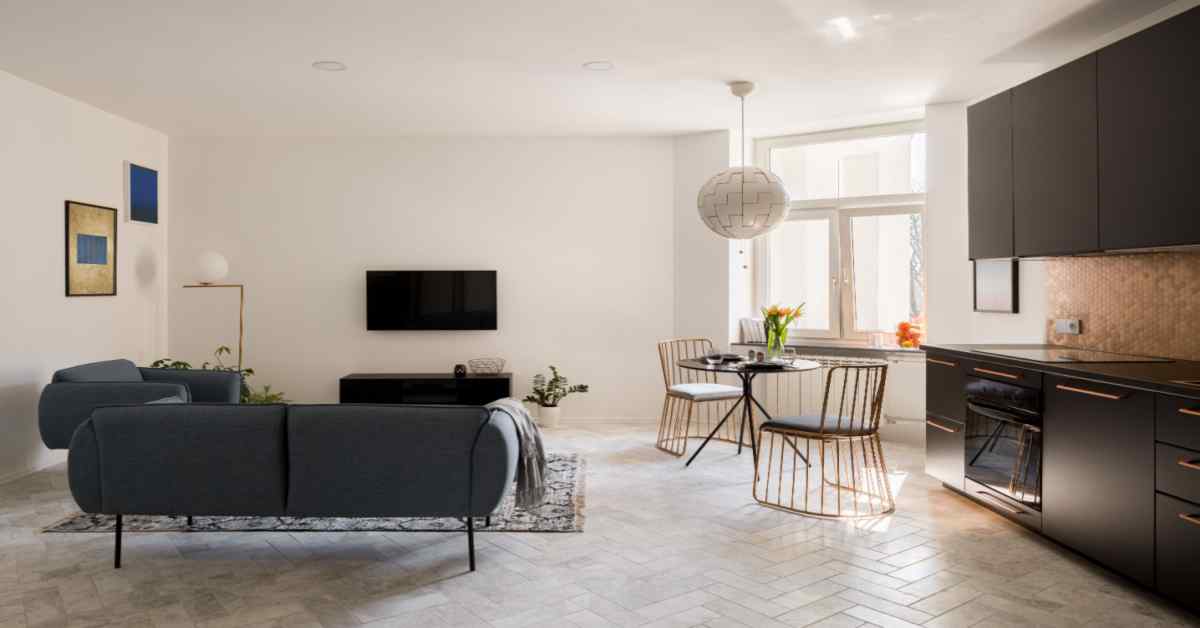
A 1RK For Rent In Delhi Without A Deposit - Find The Perfect Home For You
January 31, 2025
2497+ views
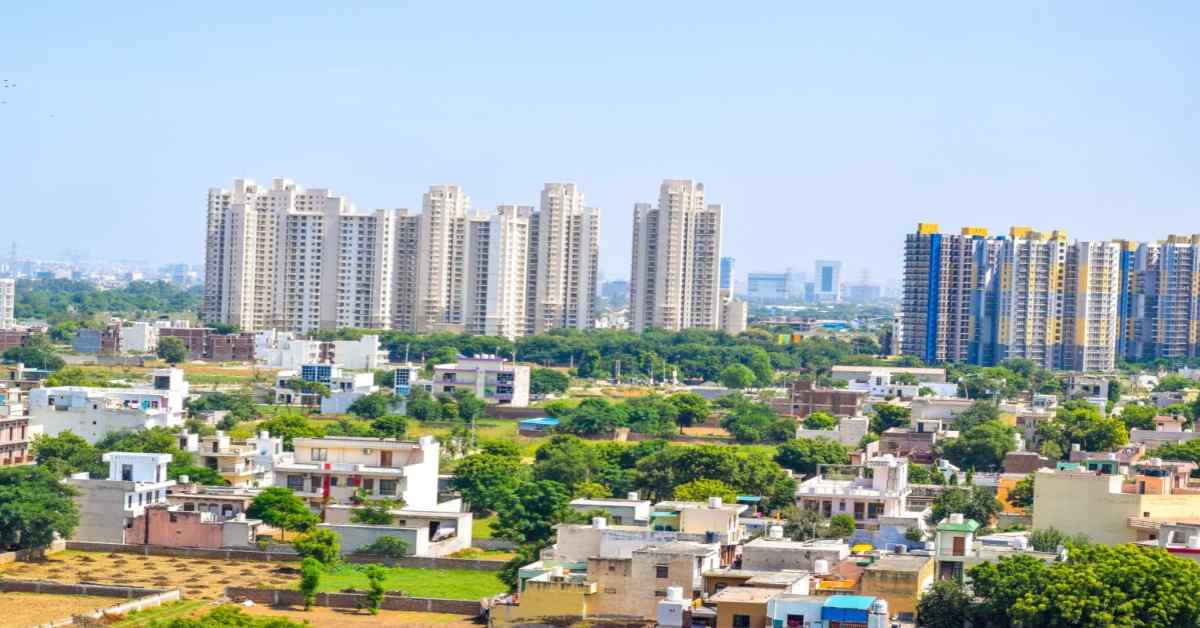
Rent House in Delhi: Tips and Tricks for Securing Your Ideal Rental
January 31, 2025
2945+ views

Guide to Moving Out from Rental Home
January 31, 2025
5317+ views

Indian Rental Market Trends 2025: Analysing Rental Market in India
January 31, 2025
15674+ views

Guide to Leasing Commercial Property to Large Franchises for Maximum Profit
January 31, 2025
31431+ views
Loved what you read? Share it with others!
Most Viewed Articles
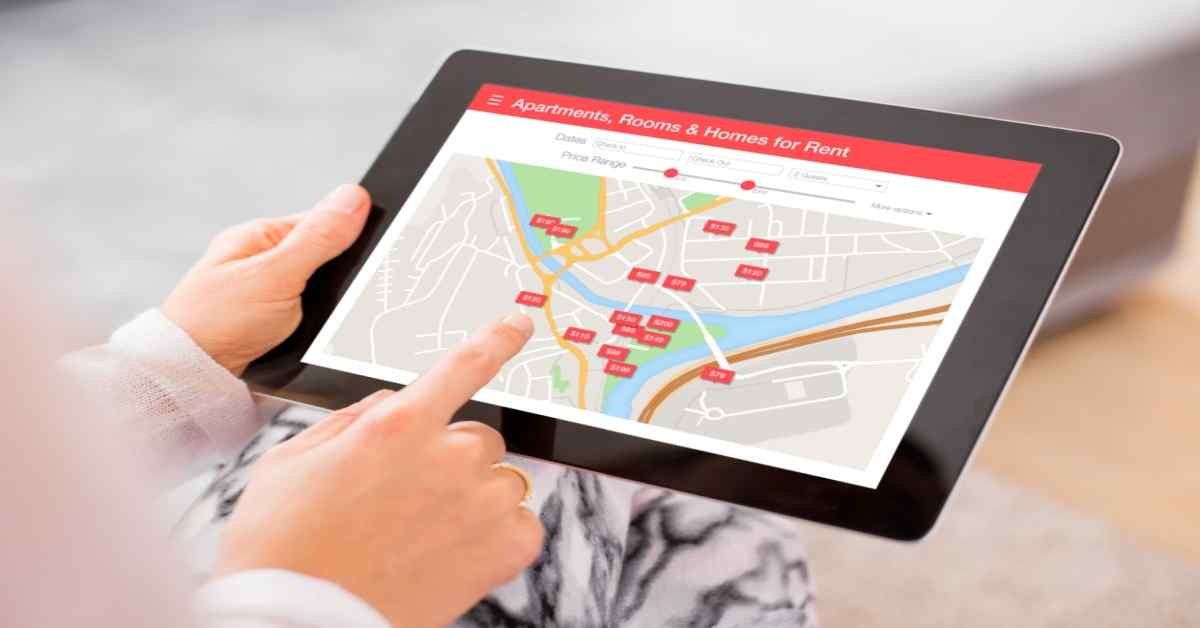
Top 10 Best app for House Renting Near you
January 31, 2025
25237+ views
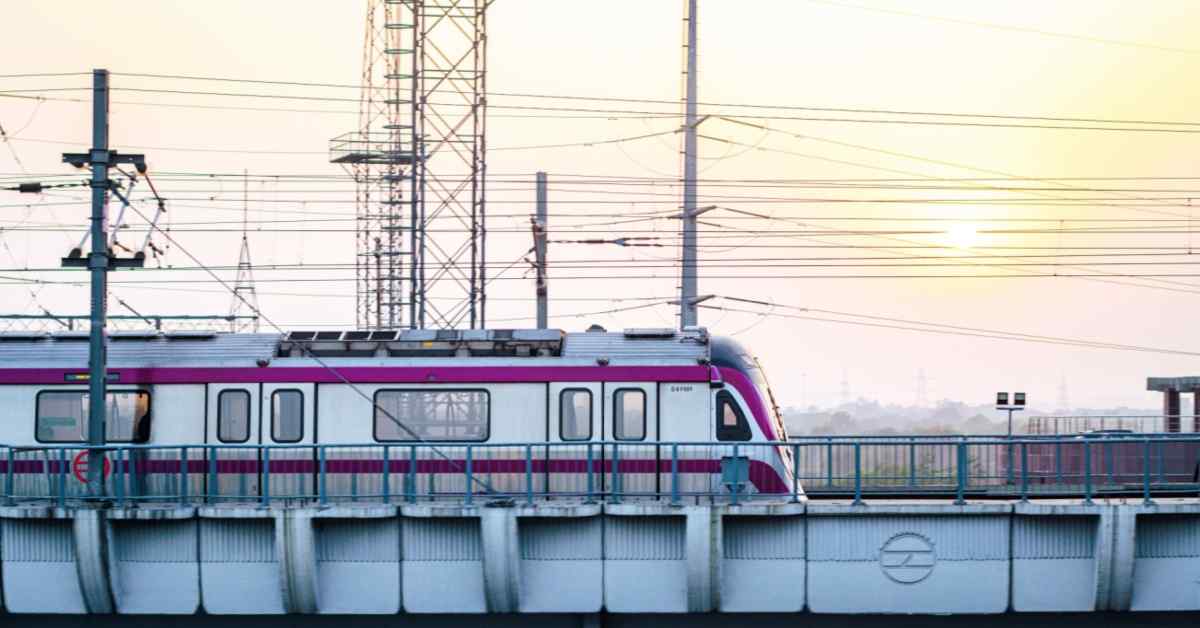
Magenta Line Delhi Metro: Route, Timing, Ticket Fare , Fact & Stations 2025
February 27, 2025
16389+ views

NoBroker Paid Services Reviews
January 31, 2025
9172+ views
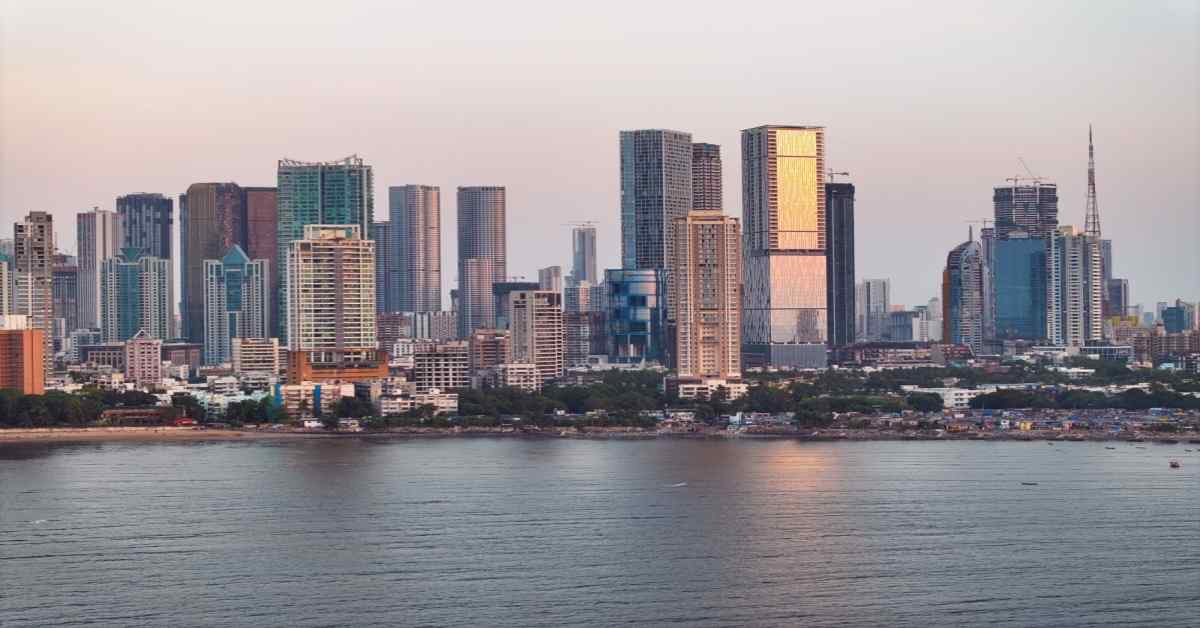
Exploring Rental Yield in Mumbai's Property Market
January 31, 2025
9090+ views

Top 10 Best App for House Rent in Chennai
January 31, 2025
8831+ views
Recent blogs in
Magenta Line Delhi Metro: Route, Timing, Ticket Fare , Fact & Stations 2025
February 27, 2025 by Priyanka Saha
5 तरीक़े जिनसे घर किराए पर लेते समय NoBroker आपके पैसे बचा सकता है
January 31, 2025 by NoBroker.com
अपनी संपत्ति को किस तरह आकर्षित बनाया जाए
January 31, 2025 by NoBroker.com
January 31, 2025 by NoBroker.com
January 31, 2025 by NoBroker.com




Join the conversation!